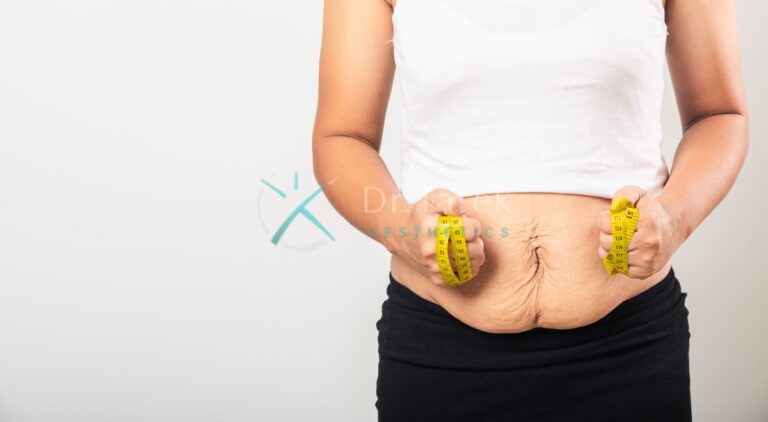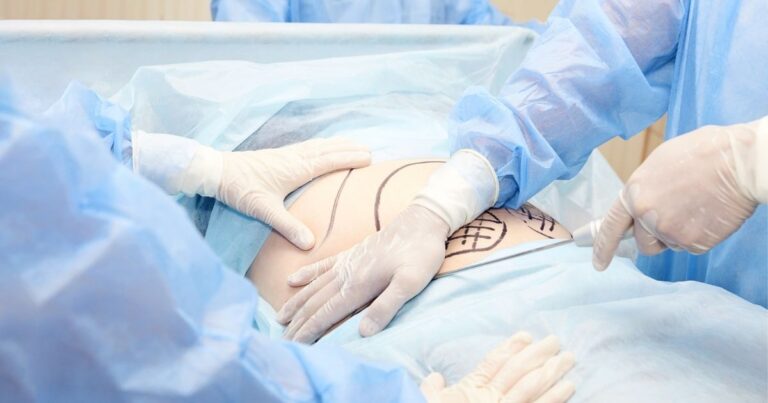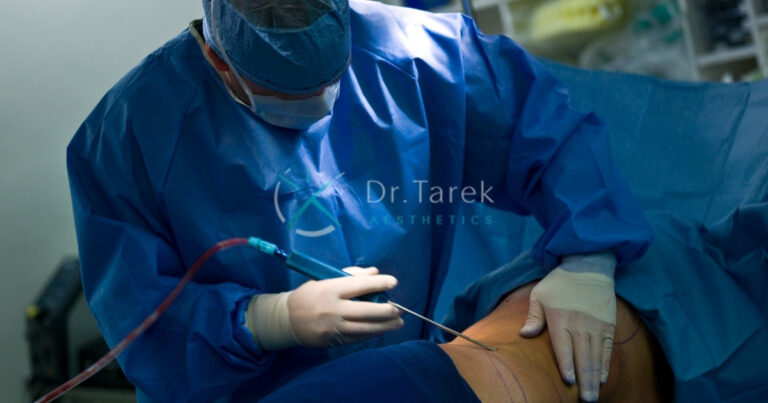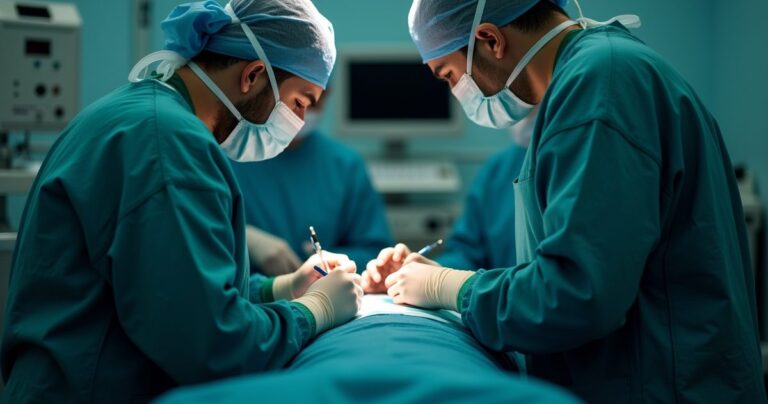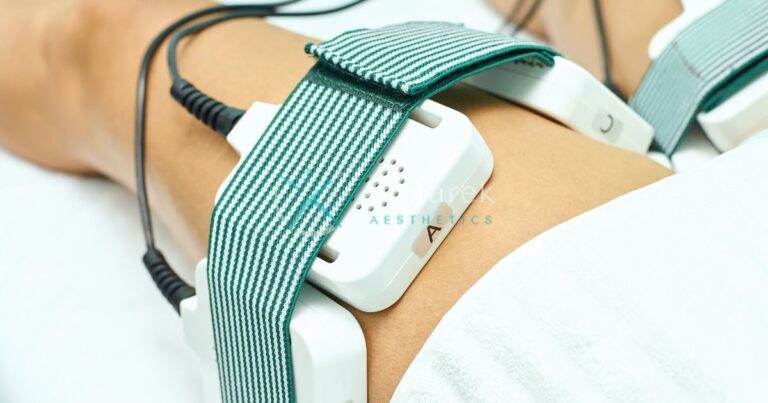Liposuction is a popular cosmetic procedure aimed at removing excess fat from specific areas of the body. However, many people wonder, “Can liposuction make you gain weight, does liposuction make you gain weight other places?” This article delves into these questions, exploring the effects of liposuction on weight gain and fat distribution.
Understanding Liposuction and Weight Gain
Liposuction is not a weight-loss solution but a body contouring procedure. It targets stubborn fat deposits that are resistant to diet and exercise. While it effectively removes fat cells from specific areas, it does not prevent future weight gain.
Refined Lipo Technique is a special way to remove extra fat from the body
it uses tiny tubes to suck out fat and make people look slimmer
How Liposuction Affects Fat Cells
Liposuction permanently removes fat cells from the treated area. Once these cells are removed, they do not regenerate. However, the remaining fat cells can still expand if you gain weight after the procedure.
- Permanent removal of fat cells : Liposuction eliminates fat cells in targeted areas.
- Remaining fat cells can expand : Weight gain can cause the remaining fat cells to enlarge.
The Myth of Fat Redistribution
A common misconception is that fat removed through liposuction will reappear in other areas. While the body does not redistribute fat, weight gain can lead to an increase in fat in untreated areas.
Book A Consultation With Dr Tarek Bayazid
Top-rated Plastic Surgeon For Liposuction in Dubai
Installment Plan Available
- No redistribution of fat : Fat does not move to other areas post-liposuction.
- Weight gain affects untreated areas : New fat may accumulate in areas not treated by liposuction.
Does Fat Return After Liposuction
The question of whether fat returns after liposuction is crucial for those considering the procedure. Understanding the permanence of fat removal and the potential for new fat cell formation is essential.
Permanent Fat Removal
Liposuction offers permanent fat removal in the treated areas. The fat cells that are suctioned out do not grow back, providing a long-lasting change in body contour.
- Long-lasting results : Removed fat cells do not regenerate.
- Permanent change in treated areas : The contour of the treated area remains altered.
New Fat Cell Formation
While liposuction removes existing fat cells, it does not prevent the formation of new ones. If you consume more calories than you burn, new fat cells can form, leading to weight gain.
- Potential for new fat cells : Overeating can lead to new fat cell formation.
- Importance of maintaining a healthy lifestyle : Diet and exercise are crucial to prevent new fat accumulation.
Liposuction and Fat Storage Patterns
Liposuction can alter fat storage patterns in the body. Understanding how it affects different areas can help manage expectations.
Abdominal vs. Thigh Fat Storage
Different body areas store fat differently. Liposuction can target specific areas like the abdomen or thighs, altering how fat is stored in these regions.
- Targeted fat removal : Liposuction can focus on specific areas.
- Changes in fat storage patterns : Treated areas may store less fat post-procedure.
Impact on Body Composition
Liposuction can significantly impact body composition by reducing fat in targeted areas. This change can enhance body proportions and overall appearance.
- Improved body proportions : Liposuction can enhance body shape.
- Changes in body composition : Reduction in fat leads to a leaner appearance.
Weight Fluctuations Post-Liposuction
Weight fluctuations after liposuction are common. Understanding how weight gain or loss affects liposuction results is crucial for maintaining the desired outcome.
Gaining Weight After the Procedure
Gaining weight after liposuction can affect the results. While the treated areas may remain relatively unchanged, untreated areas can accumulate fat.
- Impact on untreated areas : Weight gain can lead to fat accumulation in untreated areas.
- Maintaining results : A stable weight is essential for preserving liposuction outcomes.
Losing Weight and Liposuction Results
Losing weight after liposuction can enhance the results. A healthy lifestyle can help maintain the improved body contour achieved through the procedure.
- Enhanced results with weight loss : Losing weight can improve liposuction outcomes.
- Importance of a healthy lifestyle : Diet and exercise are key to maintaining results.
Maintaining Liposuction Results
To maintain liposuction results, lifestyle changes are necessary. Incorporating exercise and nutrition tips can help preserve the improved body contour.
Lifestyle Changes for Long-Term Success
Adopting a healthy lifestyle is crucial for maintaining liposuction results. This includes regular exercise and a balanced diet.
- Regular physical activity : Exercise helps maintain a stable weight.
- Balanced diet : Proper nutrition supports long-term success.
Exercise and Nutrition Tips
Incorporating specific exercise and nutrition tips can help maintain liposuction results. Focus on activities that promote overall health and well-being.
- Cardiovascular exercises : Activities like running or cycling help burn calories.
- Strength training : Building muscle can enhance body composition.
- Healthy eating habits : A diet rich in fruits, vegetables, and lean proteins supports weight maintenance.
Liposuction Treatment Areas
Liposuction can target various body parts. Understanding common treatment areas and the concept of targeted fat removal can help set realistic expectations.
Common Body Parts for Liposuction
Liposuction is commonly performed on areas like the abdomen, thighs, and arms. These areas often have stubborn fat deposits that are resistant to diet and exercise.
- Abdomen : A popular area for liposuction due to stubborn belly fat.
- Thighs : Liposuction can help achieve slimmer thighs.
- Arms : Targeting arm fat can enhance upper body appearance.
Targeted Fat Removal
Liposuction allows for targeted fat removal, focusing on specific areas to improve body contour. This precision helps achieve desired results.
- Precision in fat removal : Liposuction targets specific areas.
- Improved body contour : Targeted removal enhances overall appearance.
Risks and Considerations
Liposuction, like any surgical procedure, comes with risks and considerations. Understanding potential side effects and the importance of choosing a qualified surgeon is crucial.
Potential Side Effects
Liposuction can have side effects, including swelling, bruising, and temporary numbness. These are typically temporary and resolve with time.
- Swelling and bruising : Common post-procedure side effects.
- Temporary numbness : Sensation usually returns as healing progresses.
Choosing a Board-Certified Surgeon
Selecting a board-certified surgeon is essential for a safe and successful liposuction procedure. A qualified surgeon ensures proper technique and minimizes risks.
- Importance of certification : Board-certified surgeons have proven expertise.
- Minimizing risks : A qualified surgeon reduces the likelihood of complications.
Liposuction vs. Other Fat Reduction Methods
Comparing liposuction to other fat reduction methods can help determine the best option for individual needs. Understanding the differences between surgical and non-surgical options is key.
Surgical vs. Non-Surgical Options
Liposuction is a surgical procedure, while other methods like CoolSculpting are non-surgical. Each has its benefits and considerations.
- Liposuction : Surgical, offers immediate results.
- CoolSculpting : Non-surgical, involves gradual fat reduction.
Effectiveness and Long-Term Results
Liposuction provides immediate and long-lasting results, while non-surgical methods may require multiple sessions for noticeable changes.
- Immediate results with liposuction : Surgical option offers quick changes.
- Gradual results with non-surgical methods : May require multiple treatments.
Patient Safety and Recovery
Ensuring patient safety and understanding the recovery process is vital for a successful liposuction experience. Proper preparation and post-procedure care are essential.
Pre-Procedure Preparation
Preparing for liposuction involves consultations, medical evaluations, and understanding the procedure. This preparation helps ensure a smooth process.
- Consultations with the surgeon : Discuss expectations and concerns.
- Medical evaluations : Assess overall health and suitability for the procedure.
Post-Procedure Care
Proper post-procedure care is crucial for a smooth recovery. Following the surgeon’s instructions can help minimize complications and enhance results.
- Following post-op instructions : Adhering to guidelines aids recovery.
- Managing swelling and discomfort : Proper care reduces side effects.
Realistic Expectations for Liposuction Results
Setting realistic expectations is crucial for satisfaction with liposuction results. Understanding the limitations and reviewing before and after photos can help.
Before and After Photos
Reviewing before and after photos can provide a realistic idea of potential results. These images showcase the changes achievable through liposuction.
- Visualizing potential results : Photos help set realistic expectations.
- Understanding individual differences : Results vary based on individual factors.
Understanding Limitations
Liposuction has limitations and is not a substitute for weight loss. Understanding these limitations helps set realistic goals.
- Not a weight-loss solution : Liposuction is for body contouring.
- Realistic goals : Understanding limitations aids satisfaction.
In conclusion, while liposuction can effectively remove fat from specific areas, it does not prevent future weight gain. Maintaining a healthy lifestyle is crucial for preserving the results and preventing fat accumulation in untreated areas. By understanding the procedure, its effects, and the importance of lifestyle changes, individuals can make informed decisions about liposuction.se.
FAQ’s
Can liposuction make you gain weight in other areas?
Liposuction does not cause weight gain in other areas. However, if you gain weight after the procedure, it may appear in untreated areas. Maintaining a healthy lifestyle is essential to prevent this.
Does fat come back after liposuction?
Fat does not come back in the treated areas after liposuction. The removed fat cells are permanently gone. However, new fat cells can form if you gain weight, so maintaining a healthy lifestyle is crucial.
How long does fat stay away after liposuction?
Fat stays away permanently in the treated areas after liposuction. The removed fat cells do not regenerate. However, maintaining a stable weight is essential to prevent new fat accumulation.



